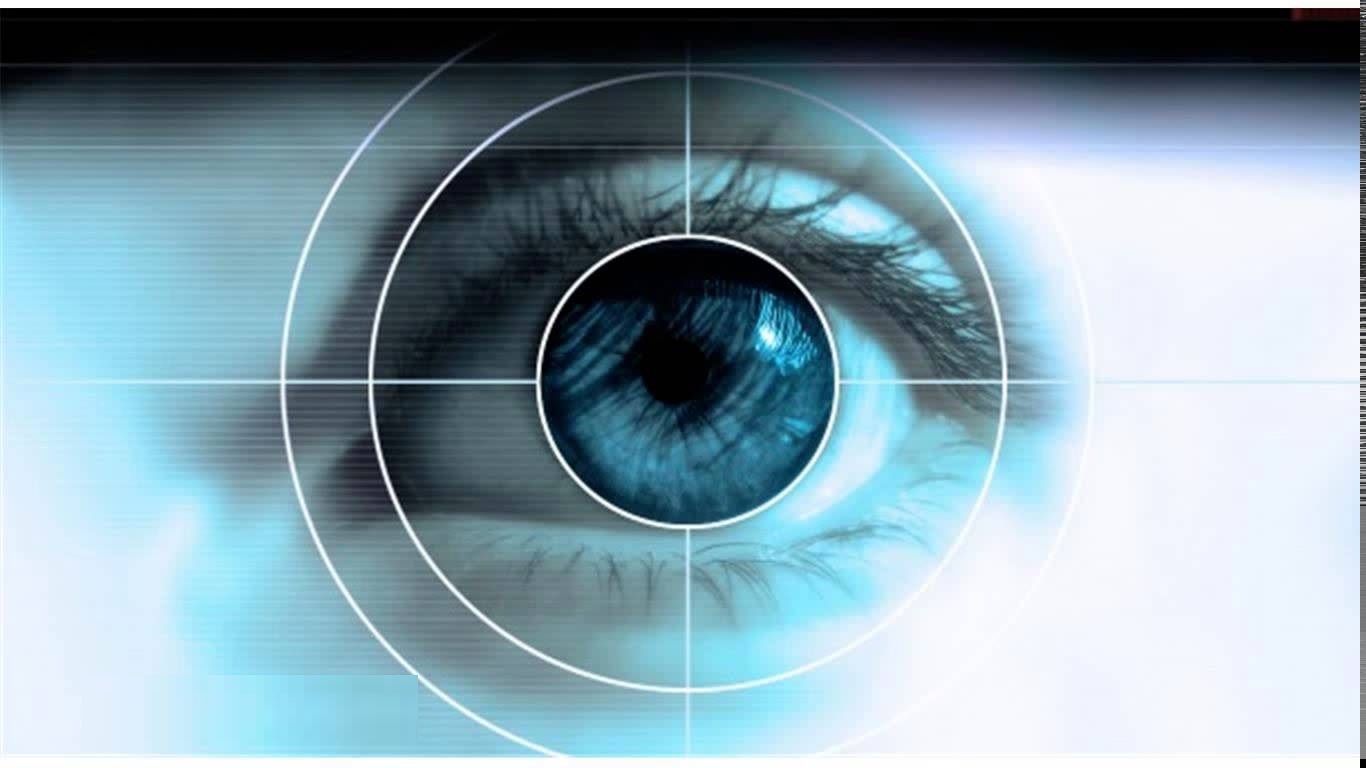Eye surgery in India
What is Eye surgery ?
Eye surgery, also known as ocular surgery, is surgery performed on the eye or its adnexa, typically by an ophthalmologist.The eye is a fragile organ, and requires extreme care before, during, and after a surgical procedure. An expert eye surgeon is responsible for selecting the appropriate surgical procedure for the patient, and for taking the necessary safety precautions.
Preparation and precautions
Since the eye is heavily supplied by nerves, anesthesia is essential. Local anesthesia is most commonly used. Topical anesthesia using lidocaine topical gel are often used for quick procedures. Since topical anesthesia requires cooperation from the patient, general anesthesia is often used for children, traumatic eye injuries, major orbitotomies and for apprehensive patients. The physician administering anesthesia monitors the patient's cardiovascular status. Sterile precautions are taken to prepare the area for surgery and lower the risk of infection. Sterile precautions include the use of antiseptics like povidone-iodine, sterile drapes, gowns and gloves.
Laser eye surgery
Although the terms laser eye surgery and refractive surgery are commonly used as if they were interchangeable, this is not the case. Lasers may be used to treat nonrefractive conditions (e.g. to seal a retinal tear).Laser eye surgery or laser corneal surgery is a medical procedure that uses a laser to reshape the surface of the eye. This is done to correct myopia (short-sightedness), hypermetropia (long sightedness) and astigmatism (uneven curvature of the eye's surface). It is important to note that refractive surgery is not compatible with everyone, and rarely people may find that eyewear is still needed after surgery.
Refractive surgery
Keratomilleusis is a method of reshaping the cornea surface to change its optical power. A disc of cornea is shaved off, quickly frozen, lathe-ground, then returned to its original power.
Conductive keratoplasty (CK) uses radio frequency waves to shrink corneal collagen. It is used to treat mild to moderate hyperopia.
Epikeratophakia is the removal of the corneal epithelium and replacement with a lathe cut corneal button.
Corneal surgery
Corneal transplant surgery, is used to remove a cloudy/diseased cornea and replace it with a clear donor cornea.
Osteo-Odonto-Keratoprosthesis (OOKP), in which support for an artificial cornea is created from a tooth and its surrounding jawbone.
Eye surgery

Vitreo-retinal surgery
Anterior vitrectomy is the removal of the front portion of vitreous tissue. It is used for preventing or treating vitreous loss during cataract or corneal surgery, or to remove misplaced vitreous in conditions such as aphakia pupillary block glaucoma.
Eliminate or reduce pockets.
Regenerate periodontal tissues and their (re)-attachment to the teeth.
Create more normal periodontal form, function, and aesthetics;
Laser photocoagulation, or photocoagulation therapy, is the use of a laser to seal a retinal tear.
Posterior sclerotomy is an opening made into the vitreous through the sclera, as for detached retina or the removal of a foreign body.
Eye muscle surgery
With approximately 1.2 million procedures each year, extraocular muscle surgery is the third most common eye surgery in the United States.
Oculoplastic surgery
Oculoplastic surgery, or oculoplastics, is the subspecialty of ophthalmology that deals with the reconstruction of the eye and associated structures. Oculoplastic surgeons perform procedures such as the repair of droopy eyelids (blepharoplasty) repair of tear duct obstructions, orbital fracture repairs, removal of tumors in and around the eyes, and facial rejuvenation procedures including laser skin resurfacing, eye lifts, brow lifts, and even facelifts.